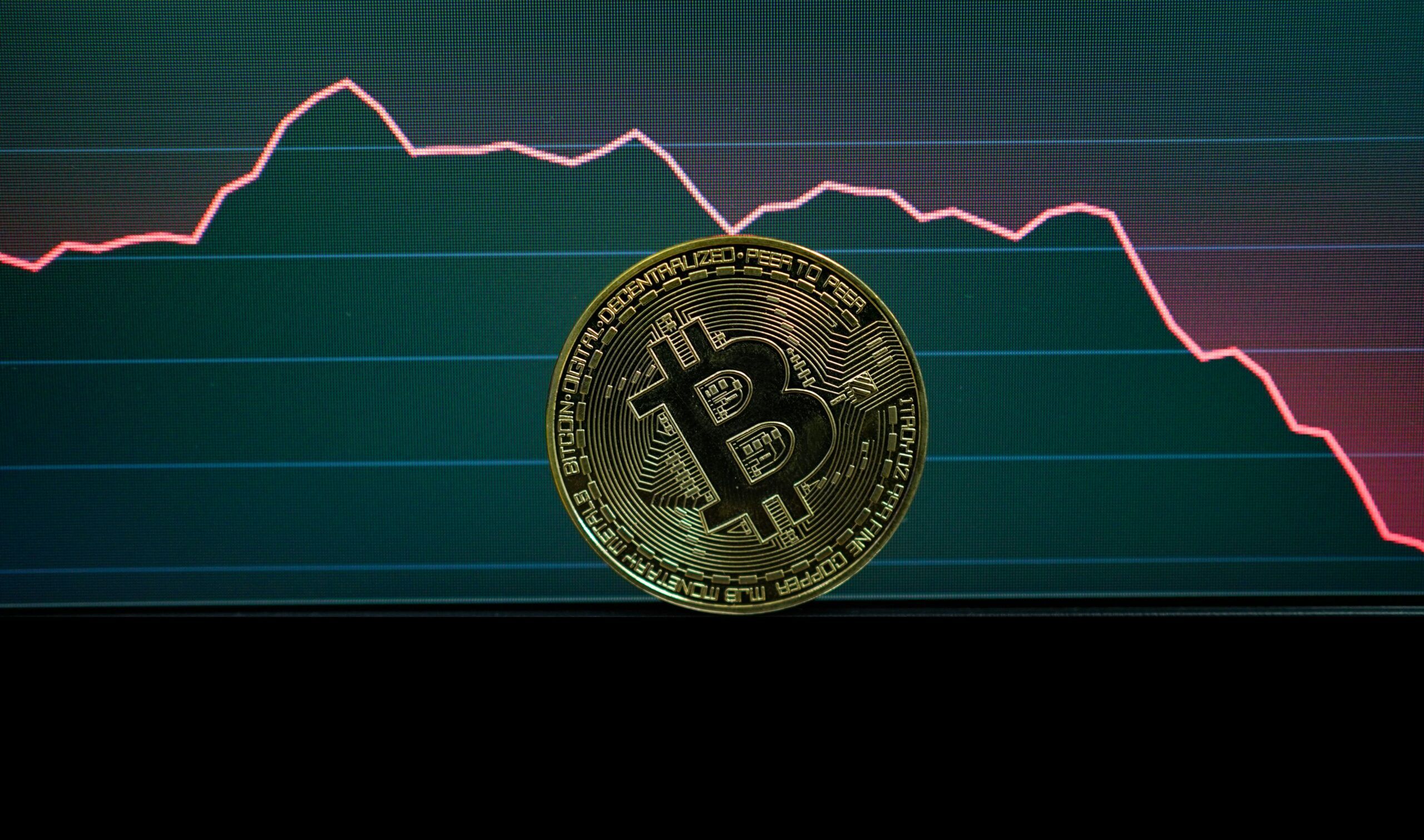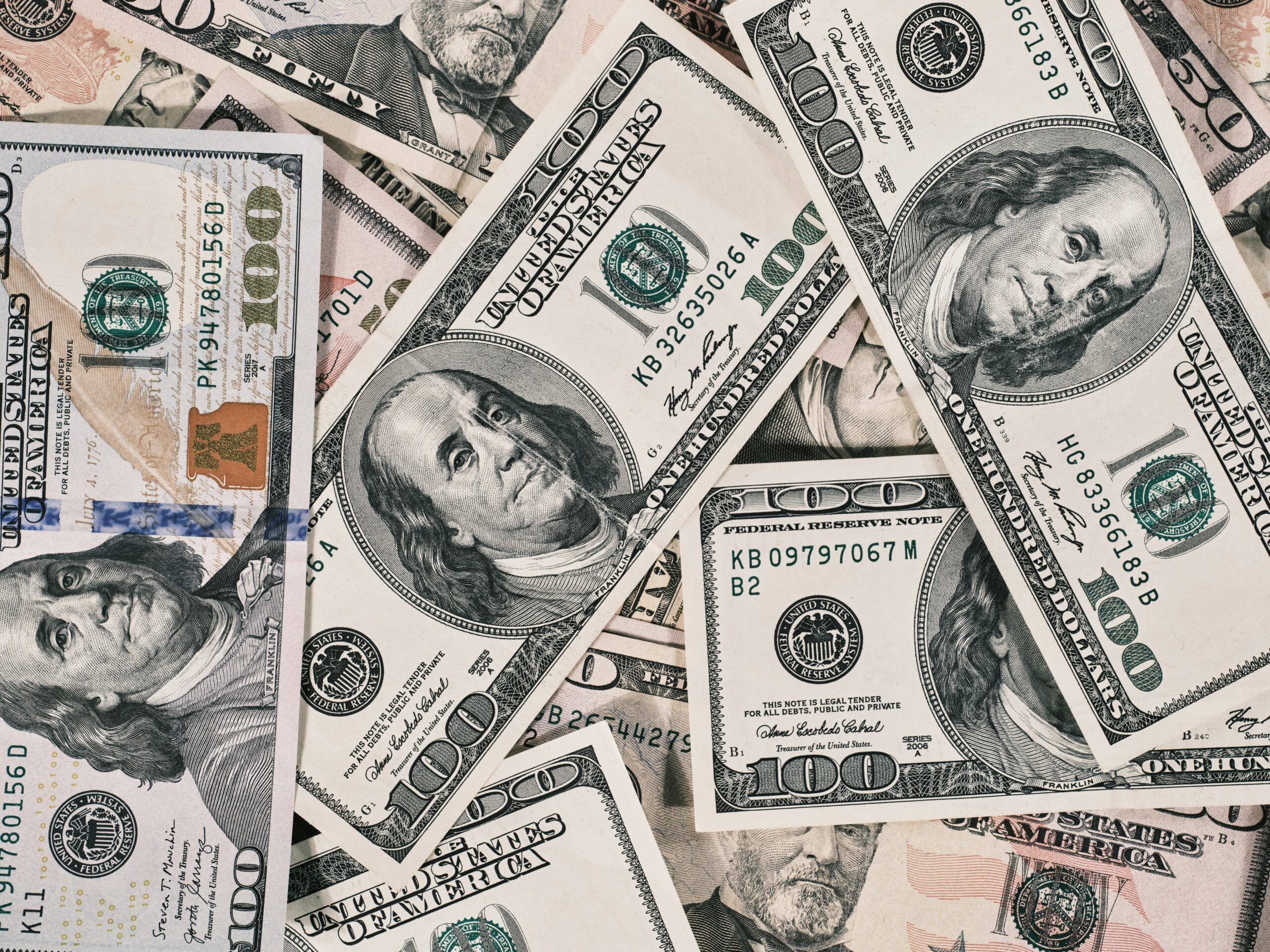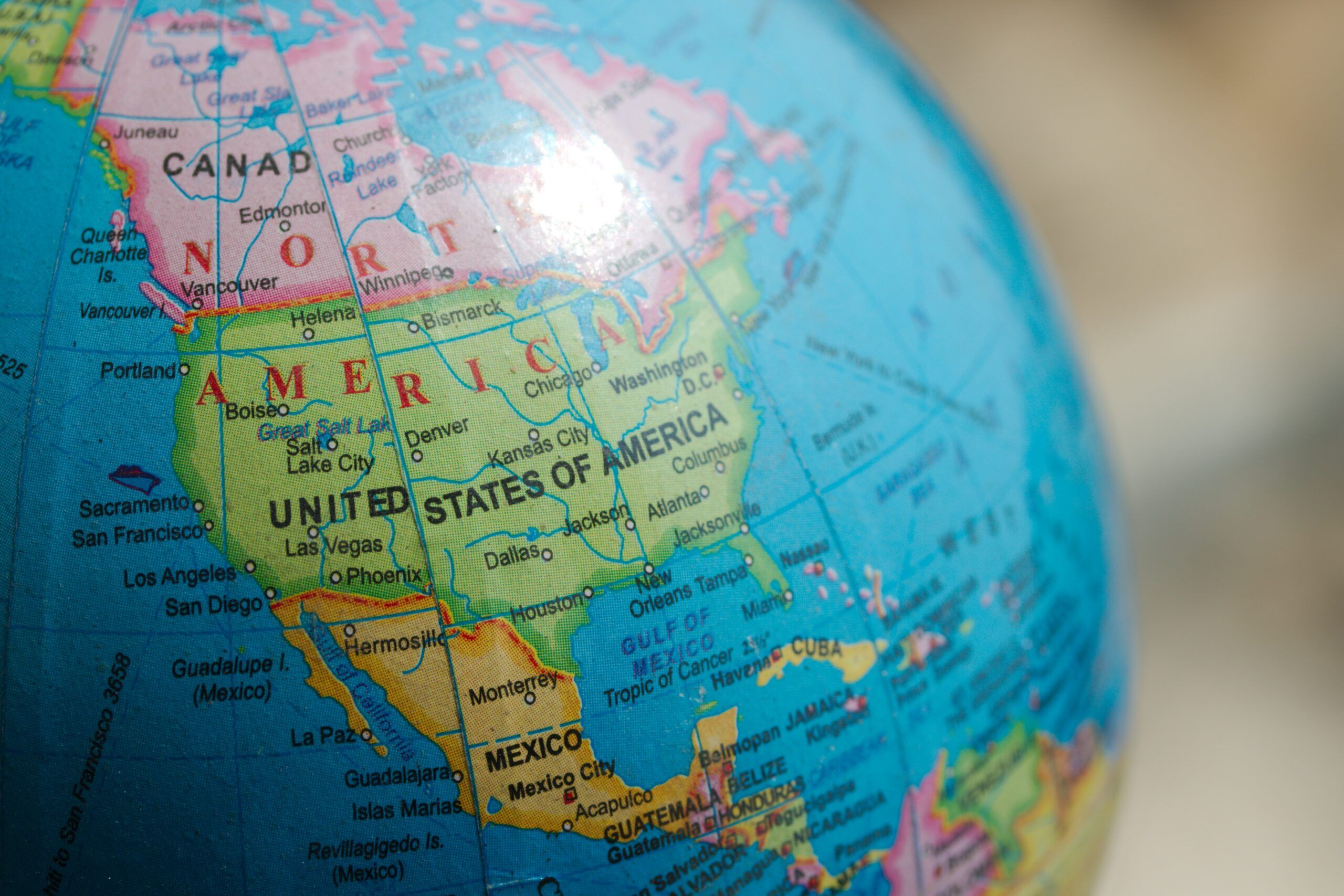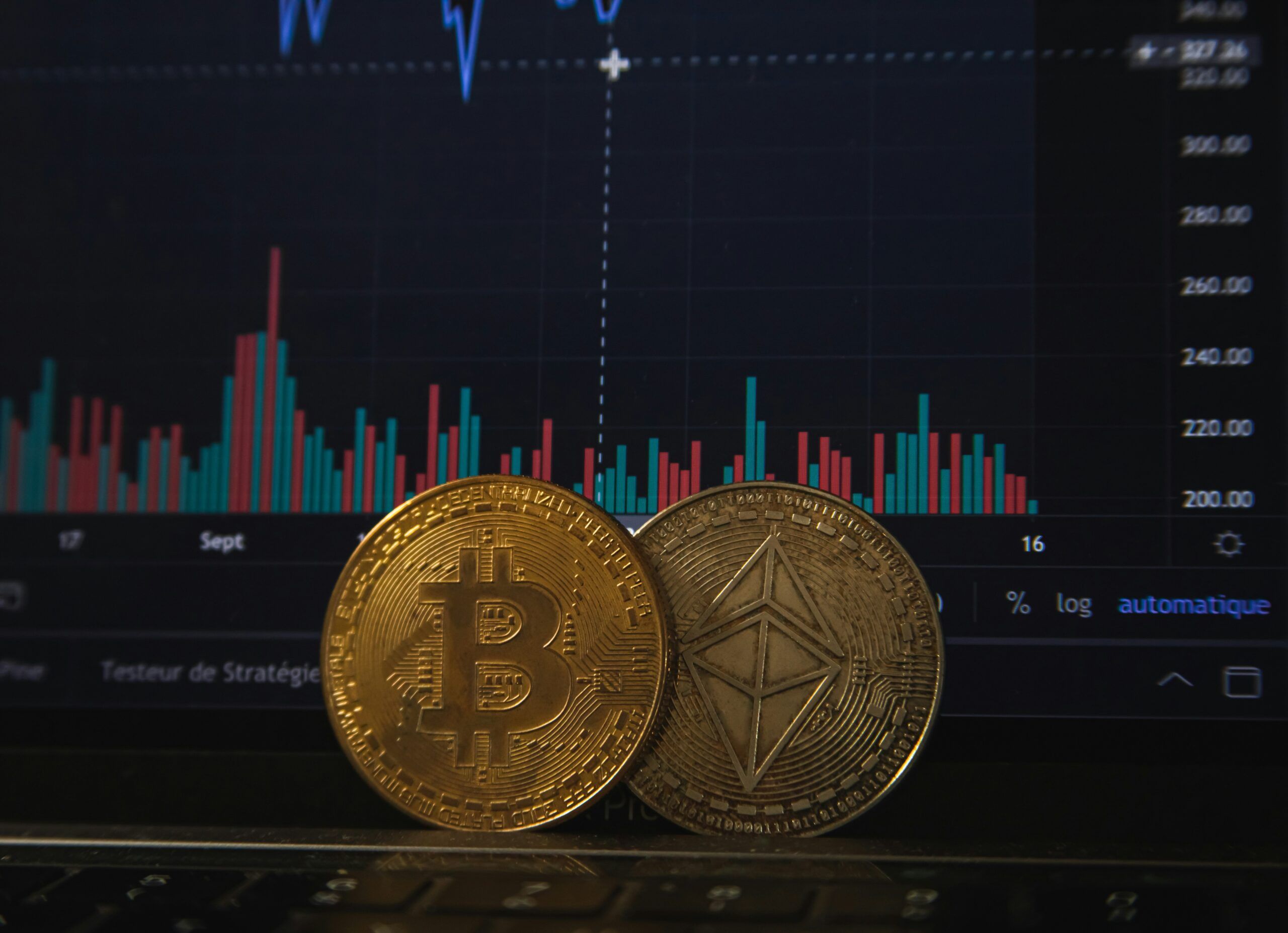Bitcoin Continues to Fall After October Crisis
Yesterday, Tuesday 4th November, Bitcoin fell 7.4%, dropping below the $100,000 mark ($96,794) for the first time since 23rd June this year. Experts in the sector suggest that Bitcoin holders, as well as cryptocurrency investors in general, have been selling this risk-on asset amid growing concerns over current stock valuations, which have likely been driven to unsustainable heights by the Artificial Intelligence (AI) trade. Bitcoin has now fallen 20% from its record high reached in October. While there was some recovery earlier today in New York, traders in the options markets are, according to analysts, placing bets on further declines.
Analysts suggest that one reason for the latest fall in Bitcoin’s price is that long-term holders of the cryptocurrency have, over the last month, offloaded approximately 400,000 coins with a combined value of $45 billion. Unlike the forced leveraged selling seen last month, the current decline is more measured, representing a continued sell-off in the spot market. This price fall has also diverged from the usual pattern where bursts of volatility stem from liquidations in the futures market. Data released by CoinGlass — a cryptocurrency derivatives data analysis platform providing real-time information- shows that since yesterday morning, around $2 billion in crypto positions have been liquidated.
One market expert has stated that a market imbalance is emerging. As leverage remains relatively subdued, attention has turned to long-term holders who are now selling Bitcoin. There appears to be a growing disconnect between these long-term sellers and first-time buyers, which is shaping a market no longer driven solely by sentiment. Analysts have observed that since major holders with between 1,000 and 10,000 Bitcoins (so-called “mega-whales”) began offloading large portions of their portfolios, and since last month’s crash, overall demand has waned.
Other analysts, however, suggest that despite the absence of specific bad news, the market is fatigued and struggling under multiple pressures. There are ongoing concerns regarding the trade war, whether tariffs will hold, and whether the Supreme Court will decide if such tariffs are legal. Added to this are the continuing government shutdown, spiralling public debt, overpriced stocks, and caution over U.S. interest rates. Furthermore, one analyst commented that fundamentals remain weak across the board following last month’s major sell-off.
Market commentators remain divided over Bitcoin’s near-term future. One analyst suggested that now Bitcoin has fallen below the $100,000 threshold, it could drop as far as $70,000 before resetting and recovering. Others, however, believe that Bitcoin will gradually climb back if economic and geopolitical conditions improve, particularly if the United States-China trade talks yield a stable agreement. Despite a recent outflow from Bitcoin ETFs, experts remain broadly optimistic that fund managers could see gains over the coming months, though with fundamentals still fragile, Bitcoin’s price outlook remains uncertain.










